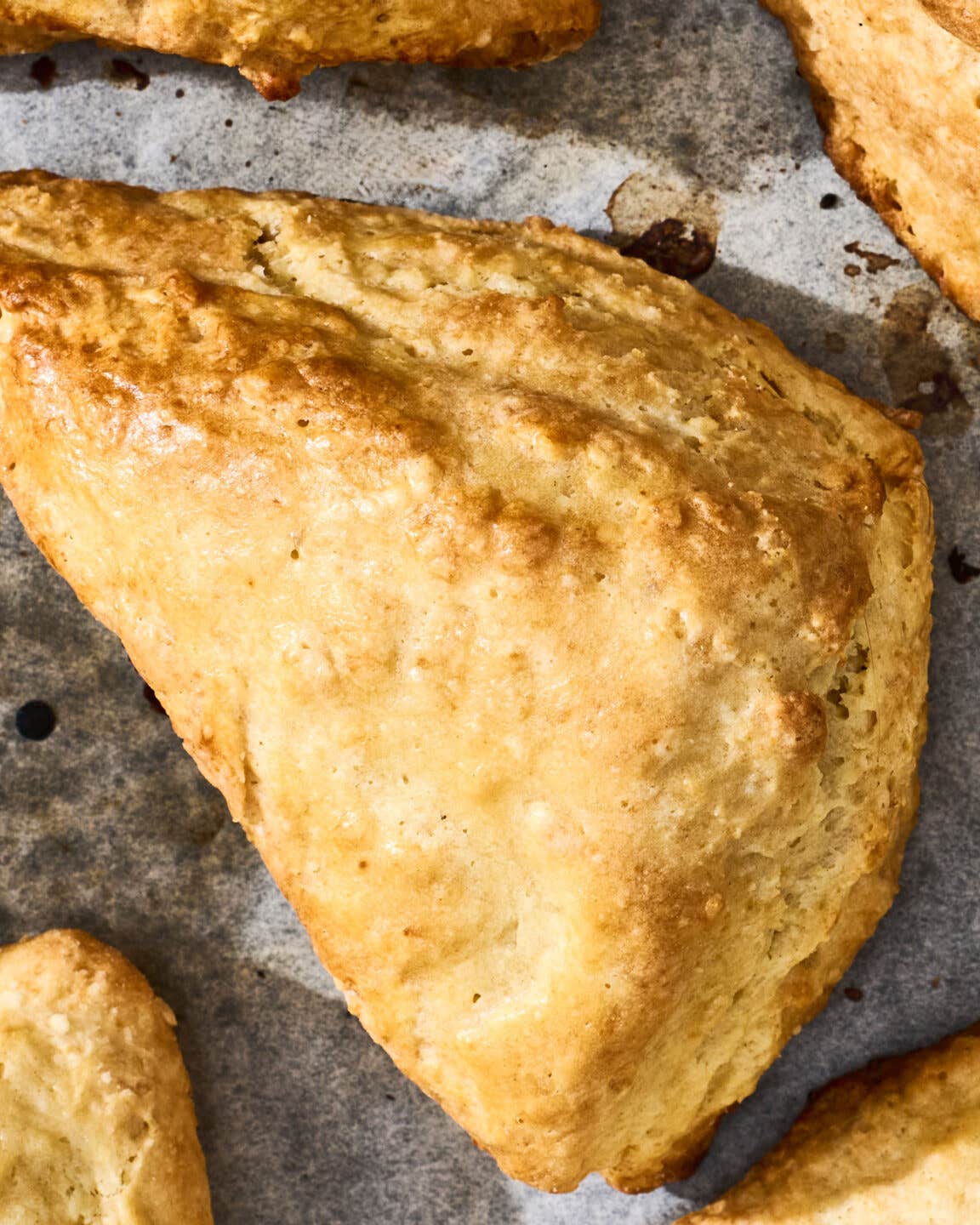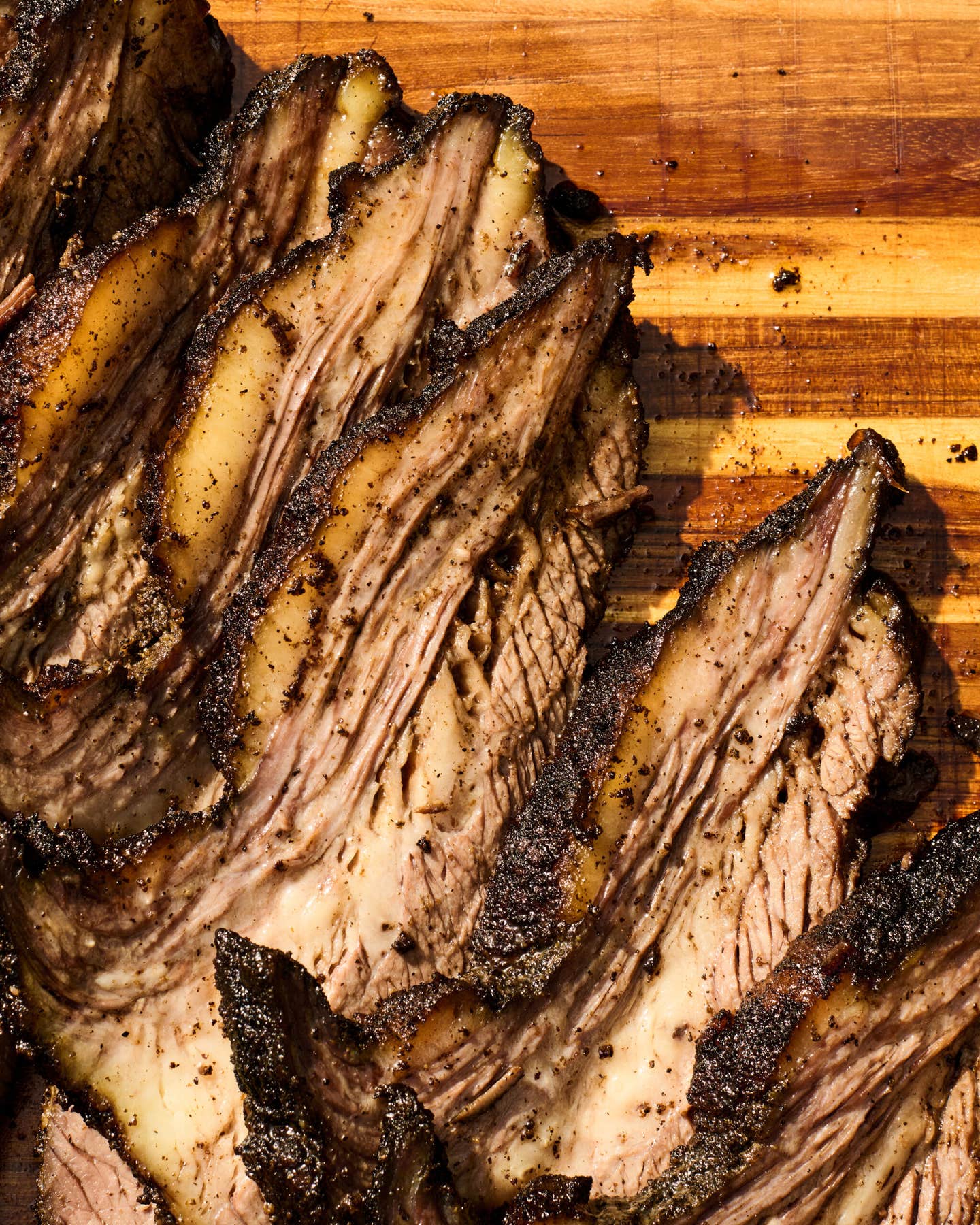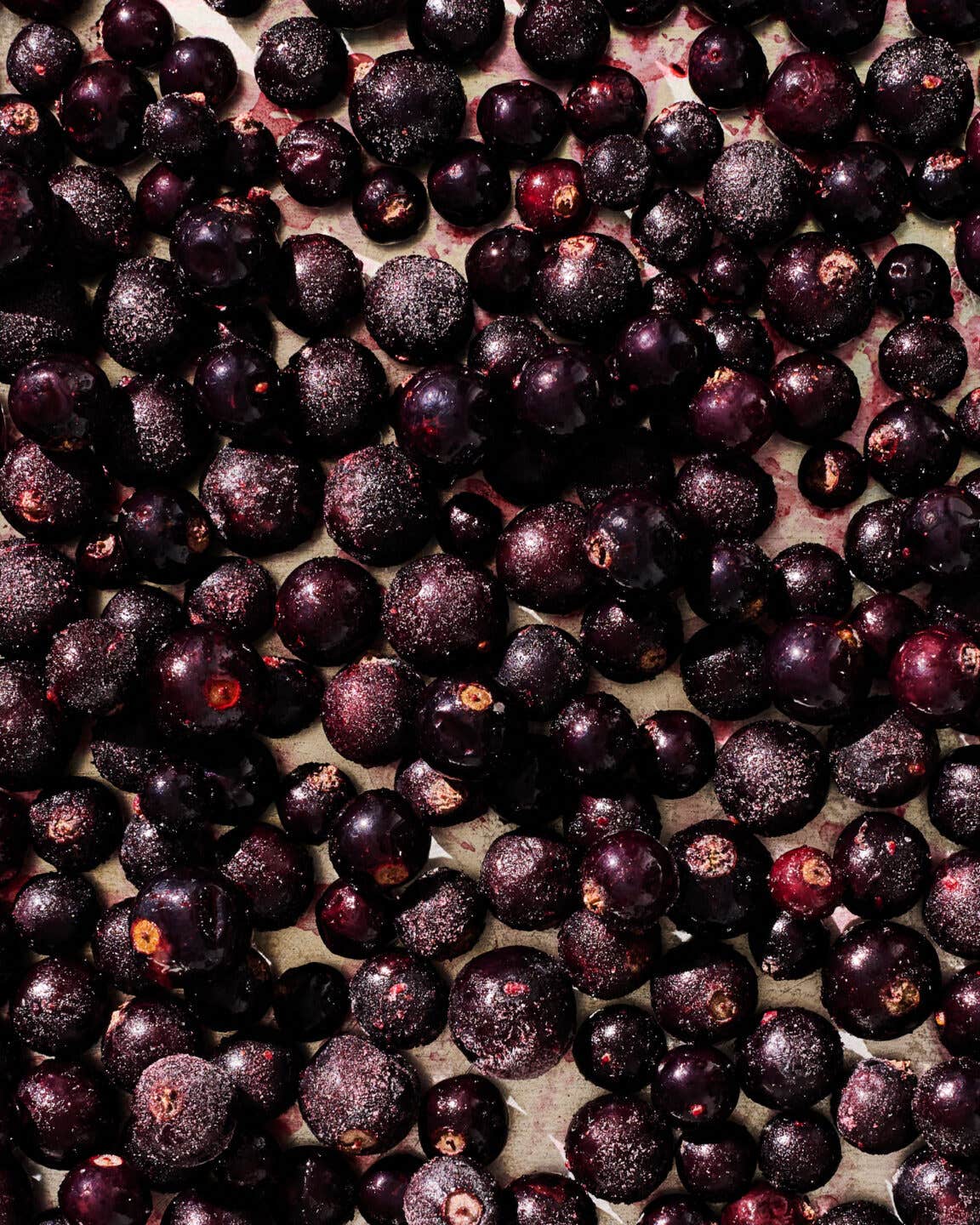
The Whole World Loves Lentils
They may be tiny, but these multicolored legumes are packed with flavor.
My grandmother tricked me into eating lentil sprouts when I was 5. She lined a dish with moist cotton, scattered lentils on top, placed it by a window, and told me to watch for sprouts. Two days later, white threads appeared; one day after that, tiny leaves. I was enchanted, and soon, every flat surface of my room held a saucer of burgeoning seeds. We always eat lentil sprouts in Egypt (where I grew up) on New Year's Day, and that year, I finished more than my fair share.
I've been enamored with lentils ever since. As a 10-year-old demi-pensionnaire in Cairo, I found myself—during Bible study—coming to the defense of Esau, who sold his birthright for a bowl of lentils. How, I argued, could he resist? At home, I never grew tired of the cumin-scented Lebanese dish made of red lentils, onions, tomatoes, and cilantro. At school, though I was loath to eat the lunchroom mush any other day of the week, I feasted every Friday (which I called "lentil day"), devouring with relish the lentil-onion stew. Later, after moving to France, my tastes turned to a sophisticated lentil repertoire: a salad made of tiny green lentils and crispy lardons, as well as a stew in the Gascon style, enriched with duck confit.
Imagine my disappointment, then, when I came to live in the United States in 1961, and the only lentils I could find (even in New York City) were large and brown and apt to fall apart when cooked. My English-American mother-in-law made them edible, cooking them in a soup with smoked ham hocks, but I longed for the lovely lentils of my memory—firm in texture, bright in color, full of earthy lentil flavor. Luckily for me, lentils have come a long way in the past 35 years.
The lentil is Middle Eastern in origin and was one of the earliest cultivated crops. It is at least 10,000 years old, and in many countries, India in particular, it has long been an indispensable part of the diet. (Lentils are nutritionally rich, full of protein, vitamin B, iron, and phosphorus.) The Romans were connoisseurs of red lentils, which they imported from Egypt; lentils were a favorite food of Christians during periods of religious abstinence from animal products in the Middle Ages; Louis XV anointed one French variety as "lentille a la reine"—of the queen. Elsewhere, because it grew easily and was cheap, the lentil became known as the "poor man's meat". Lens culinaris, as the lentil is designated botanically, is a legume like peas and beans—a plant that yields edible seeds in a pod. In this case, the seeds are small and flat (the optical lens, similar in shape, was named after the vegetable lentil), and the color, depending on the species, ranges from flat black to iridescent orange. The typical lentil plant grows about 16 inches high, with small green leaves and around 40 tiny pods, each containing only one or two lentils. In harvesting, the vines are clipped and the lentils are left to dry in the pods for a week or two. The pods are then picked, the seeds separated, and the lentils sold either whole or decorticated—with the seed covering removed. Either kind is tender enough to be cooked without soaking, though decorticated lentils cook fastest and are thus more conducive to making what is a standard dish in India: velvety purees called dal.
My favorite lentils, which I discovered when I lived in France, are lentilles du Puy, tiny gray-green ones from Le Puy, a town in the mountainous French region of Haute-Loire. Agriculturalists credit the local climate—dewy mornings, temperate days, cool nights—and the area's volcanic soil with producing this distinctly flavorful lentil. Growers and chefs alike gather in Le Puy every August for the two-day Fete de la Lentille, a festival that includes the spectacle of more than 800 farmers comparing their lentils and a contest for the tastiest and most inventive lentil dish (sweet lentil preserves, for instance, and lentil-flour tuiles, tile-shaped cookies, have become local specialties). But it is not just fun and games: The lentille du Puy is becoming big business. Last summer, the French government accorded this particular legume the prestige of an appellation d'origine controlee, which means that the provenance and quality of these lentils, like those of the country's finest wines, are now protected by law. (A new, higher price tag has been attached as a result.)
Most Americans, however, remain unfamiliar with this and other "exotic" lentils—like the sweet Egyptian red or the fifty-plus different varieties from India. (Sixty percent of the world's lentil supply comes from India and Turkey.) It should be noted, however, that because there is no Hindi word for lentils—the word dal, though widely used to mean legume purees, also refers to legumes in general—some of these imports, although sold as lentils, are actually peas or beans. Toovar dal, for instance, is pigeon peas, and urad _dal _is gram beans. In general, impostors do not have the curved, lenslike shape.
To find out more about the lentil in America, I spoke with Randy Duckworth, vice president of the U.S.A. Dry Pea and Lentil Council. Ninety-five percent of all lentils grown in this country come from a fertile 12,500-square-mile swatch of Idaho, Oregon, and Washington known as the Palouse. (The name is a variation on pelouse, the French word for lawn). Lentils and peas have been farmed there, in the shadow of the Cascade Mountains, since the turn of the century. For years, however, both were planted as secondary crops, sown alternately with wheat because they release nitrogen, a natural fertilizer, into the soil. They still serve this purpose, but the lentil market has grown over the years, and now about 185 million pounds of lentils come from the Palouse each fall.
Most of them (about 75 percent) are the familiar brown kind called U.S.A. Regular, but a handful of farmers in the Palouse have now started growing heirloom varieties. Lola Weyman noticed this in the late 1980s, when she and her husband were running a gourmet store in Sun Valley, Idaho. One of the products they sold was lentilles du Puy, and Weyman recalls that at some point she started hearing about an Idaho farmer growing lentils exactly like them. She and her husband investigated, and found several farmers in the Palouse growing relatively unknown lentil varieties. In 1987, they began distributing these lentils, and five years later, with wholesale orders coming from all over America, Canada, and Europe, they closed the gourmet shop to concentrate on the legume business. Weyman has since moved headquarters to Twin Falls, Idaho, and she now sells lentils and beans via mail order. "There are farmers experimenting all over," Weyman says. "But we don't market any new types until we have at least 500 pounds' worth. Every seed's a plant, you know." Weyman has helped develop lentils like Montana's black beluga, named for its resemblance to caviar; the petite crimson, smaller and quicker cooking than the standard red chief; and an American version of lentilles du Puy.
Perhaps taking a hint from some French chefs—like Guy Savoy, who makes a particularly intense cream of lentil soup with truffles at his Michelin-blessed restaurant (itself called Guy Savoy) in Paris—many American chefs have started cooking more with lentils. Anne Rosenzweig, for instance, does a horseradish-spiced terrine of lentils and short ribs at The Lobster Club in Manhattan; and Fred Eric, at Vida, in Los Angeles, grinds lentils into flour to make lacy, crisp pancakes. (He calls it his version of socca, the Niçoise crepe made of chickpea flour.)
In my own kitchen, I've perfected a rich dish of beluga lentils with roasted duck, a salad of lentilles du Puy with carrots and beets, and a version of my mother-in-law's lentil soup. And I still eat the sprouts on New Year's Day. This year, they came from my 8-year-old grandson, who grew them like little forests on trays in his bedroom. For days, he fought his bedtime in order to keep an eye on them—to catch a glimpse of the lentil magic I had discovered for myself, long ago in Cairo.
Keep Reading
Continue to Next Story










